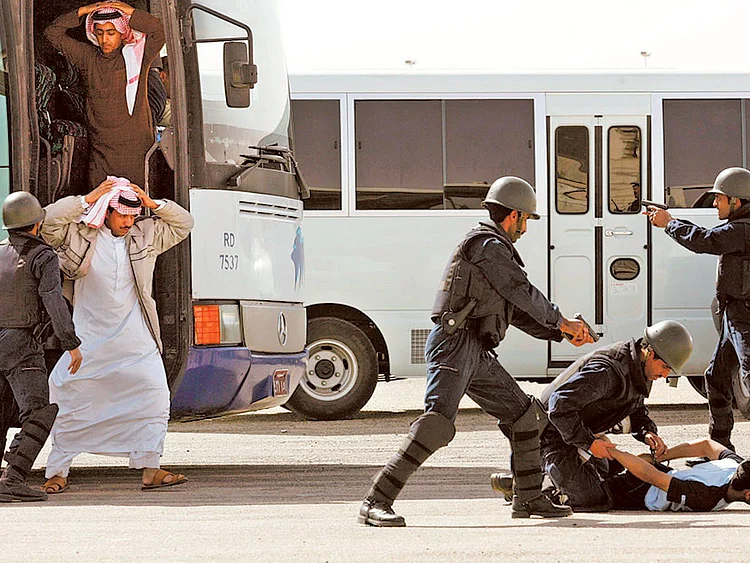Riyadh: It’s often argued that the people who commit acts of terrorism are troubled and vulnerable individuals.
In Saudi Arabia, the government takes that thinking further: In 2004, it set up a high profile “rehabilitation” system for terrorists which hoped to deradicalise them through religious education and psychological counselling.
The goal is for these people to re-enter mainstream society. Sometimes, however, they do not.
This week, Maj. Gen. Mansour Al Turki, a spokesperson for the Interior Ministry, told reporters that some 12 per cent of people who had been involved in the rehabilitation programmes had relapsed and returned to activities related to terrorism.
Al Turki said the country’s Mohammad Bin Naif Counselling and Care Centre is now looking into ways to lower that number, although the government still felt that the programme was overall a success. “Without the programme, thousands of those who were released would have been exploited by terrorist organisations,” he explained.
Saudi Arabia isn’t the first country to try and rehabilitate terrorists; Its programme followed earlier versions implemented in Singapore and Yemen. However, its well-financed system soon earned the plaudits of the international community.
In 2008, British Prime Minister Gordon Brown shook the hands of two former Al Qaida members who were in the programme, and the United States looked to it as a model for Iraq and Saudi Arabia.
As the Council of Foreign Relations has noted, part of the initial hype around the Saudi system was a self-proclaimed 100 per cent success rate. However, it soon became apparent that wasn’t accurate. In 2009 it emerged that a number of former prisoners at the US detention centre in Guantanamo Bay, Cuba, that were sent to Saudi Arabia to take part in rehabilitation programmes, had ended up taking senior positions in Al Qaida in the Islamic Maghreb.
Studies into the effectiveness of programmes like Saudi Arabia’s have found success hard to measure, and some, such as a 2010 study by Rand Corp., have argued that rates of “relapse” may be misleading.
It’s become an especially pertinent question recently. Although Saudi Arabia formed its programme after an upsurge in Al Qaida-related domestic terrorism, in 2014 hundreds of Saudi citizens have gone to fight with an organisation many perceive as even worse: Daesh. There are deep fears about what these people will do if and when they come home — Daesh was recently linked to an attack on a Shiite village that left eight people dead, for example — which has already prompted an expansion of the rehabilitation scheme.
It’s not just an issue for Saudi Arabia. Thousands of people have travelled to Syria to be “foreign fighters” for extremist groups, and many Western countries are unsure how to respond to these people when they return home. Denmark, for instance, has adopted a “soft” approach, offering returning fighters counselling and help with their careers. In contrast, countries such as Britain and Canada are now aiming to take away the passports of people who travel to fight with extremists.
It’s unlikely that any one system will be fully perfect. And Saudi Arabia’s 12 per cent rate compares well to relapse rates for drug addiction and recidivism rates for US criminals (though these comparisons may be as different as they are alike). “No rehabilitation programme could be 100 per cent successful,” Al Turki explained.
Sign up for the Daily Briefing
Get the latest news and updates straight to your inbox
Network Links
GN StoreDownload our app
© Al Nisr Publishing LLC 2025. All rights reserved.
